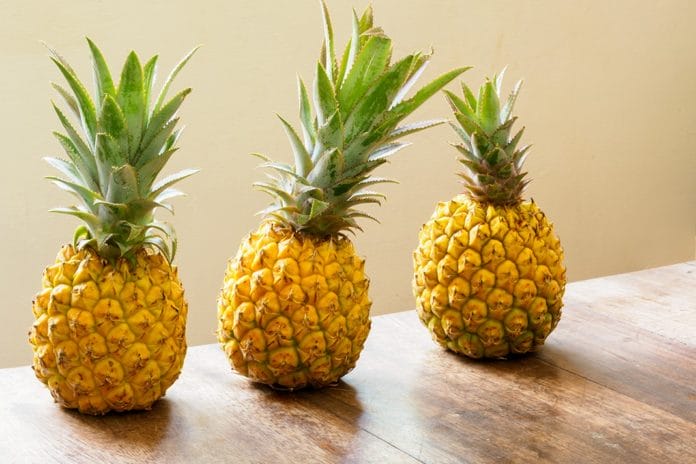Tooth whitening is growing ever more popular, not to mention lucrative, in the dental industry. According to statistics, 38.29 million Americans used tooth whiteners in 2019, and that number is predicted to increase by 2023. Whether whitening occurs in-office or out-of-office, applied whitening gels contain varying concentrations of carbamide or hydrogen peroxide as active agents (concentrations commonly used for in-office whitening therapy vary from 20%, 35% or even 38% carbamide or hydrogen peroxide).
The problem with peroxide whitening gels is that if applied too long, they can cause tooth sensitivity and changes in the ultrastructure, chemical composition, and microhardness of the enamel. One study found that 80% of in-office whitening patients experienced tooth sensitivity. Many dentists employ analgesics, anti-inflammatories, antioxidants, corticosteroids, or opioid drugs to try to minimize this side effect, but pain relief does not lower the risk of tooth sensitivity.
Natural compounds are an alternative to peroxide that pose little to no side effects due to their nontoxic biological behavior. A study published in Scientific Reports by Ribeiro, J.S., Barboza, A.d.S., Cuevas-Suárez, C.E. et al. compared several properties of natural whitening gels against peroxide whitening gels. The study looked at three properties: whitening effectiveness, enamel surface alterations, and cell viability. The study’s authors hypothesized that the development of new whitening agents based on natural products could provide similar aesthetic results and minor side effects.
The natural agents chosen for the study were papain, ficin, and bromelain, which were compared to a peroxide-acting whitener. Papain (extracted from papaya fruit), ficin (extracted from the trunk of a tree called Ficus insipid), and bromelain (extracted from the pineapple plant) are commonly used because of their anti-inflammatory, antithrombotic and fibrinolytic activity; their anticancer activity; and their immunomodulatory effects. Because of their enzymatic feature, these enzymes can be used as active agents with a whitening effect.
The study used standard enamel dentin discs from fifty bovine teeth. To achieve staining, the discs were stored in a coffee solution for one week. To look at the whitening process’ effectiveness, gels made from papain, ficin, and bromelain were placed on the enamel for 15 minutes. The procedure was repeated four times, simulating four applications within a one-week interval. The study’s authors found that ficin and bromelain-based gels promoted a greater color shift than the papain-based gel. The bromelain and ficin gels also showed similar color variation when compared to carbamide peroxide whitening gel.
As to the surface’s roughness, carbamide peroxide bleaching gel showed the most significant increase after bleaching. To the authors’ surprise, the ficin and bromelain-based gels actually behaved as a protection factor, increasing the enamel surface’s hardness.
The cell viability of each whitening gel was assessed after 45 minutes of exposure to simulate the time of clinical exposure to bleaching gels. All three of the natural agent tooth whiteners produced non-cytotoxic results. The peroxide carbamide was shown to have a cytotoxic effect.
The study concluded that bromelain and ficin gels are as effective dental whitening agents as carbamide peroxide-based gels. As well, the use of bromelain and ficin-based tooth whitening gels resulted in less enamel damage than carbamide peroxide. Therefore, the authors conclude that these two enzymes showed promising results, representing significant clinical potential as active ingredients of peroxide-free whitening products. The authors also called for further research to evaluate the effects of papain, ficin, and bromelain bleaching agents in other cell lines (e.g., dental pulp fibroblasts, stem cells, or gingival epithelial cells).











